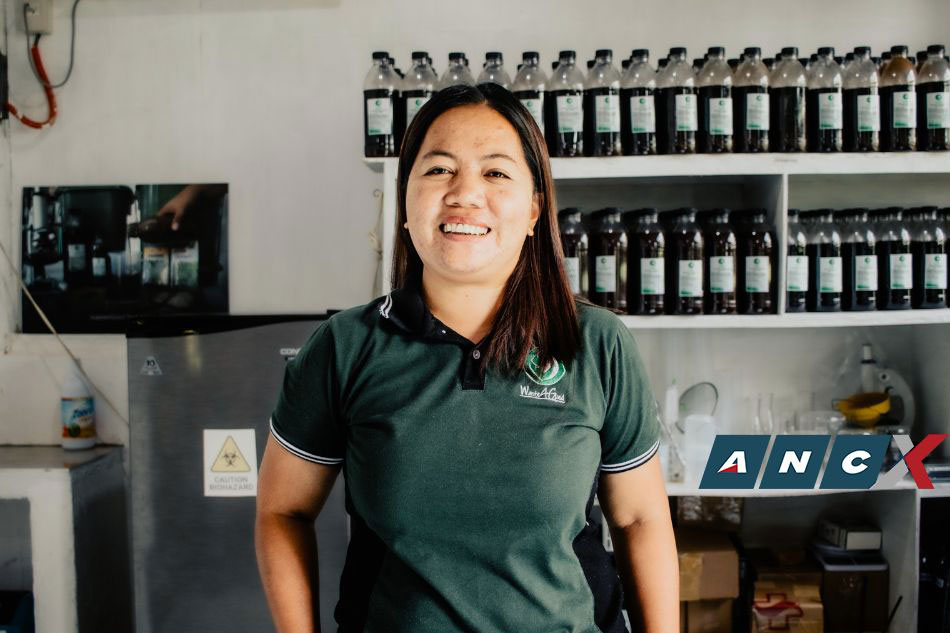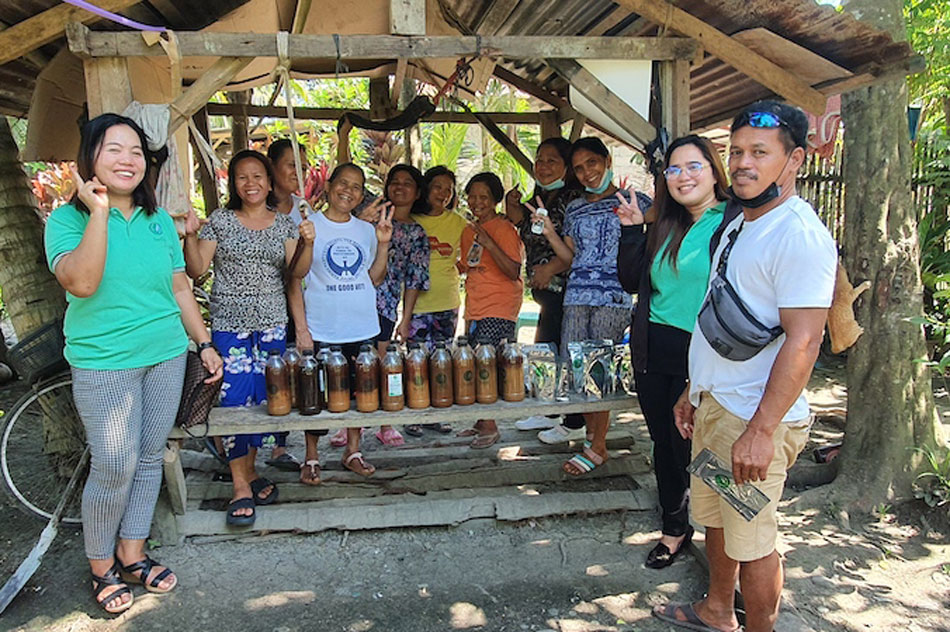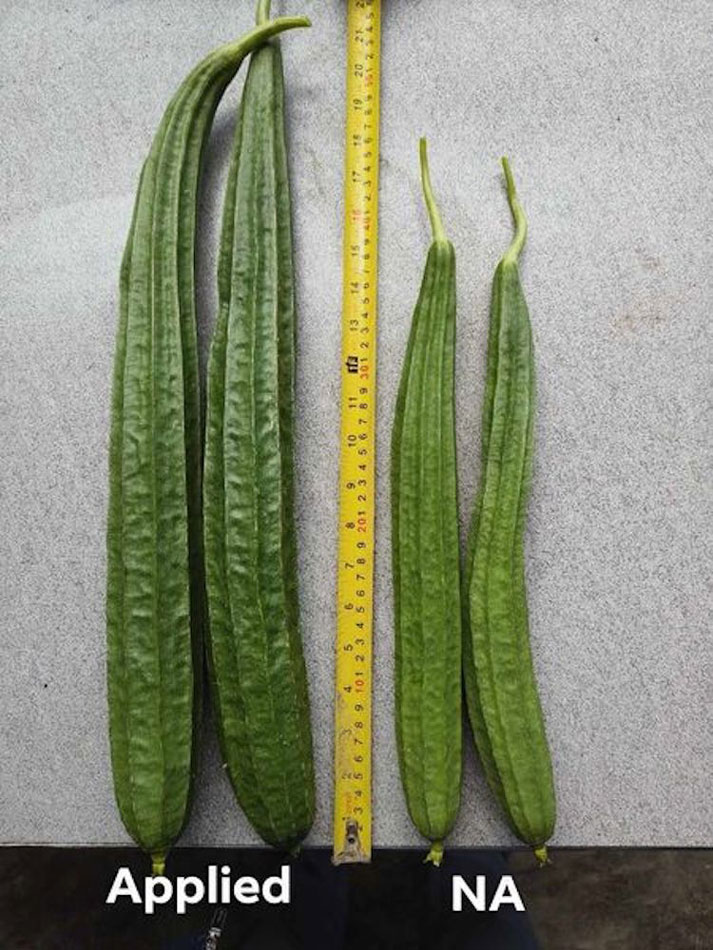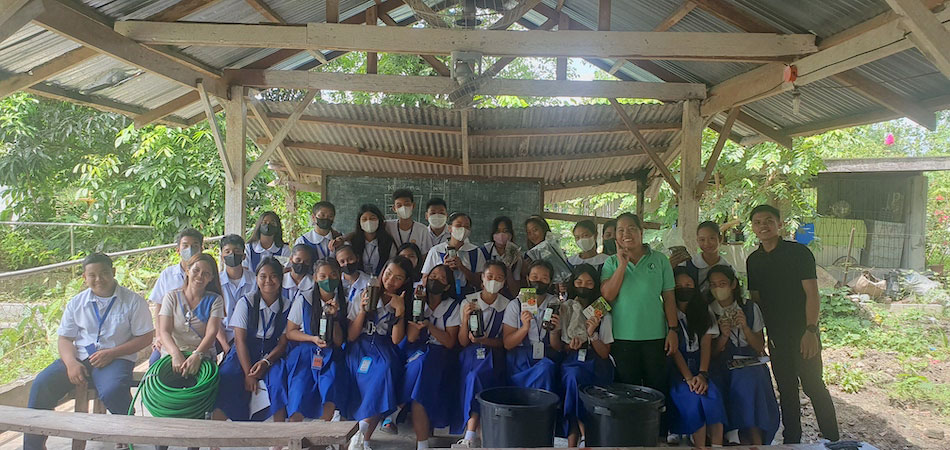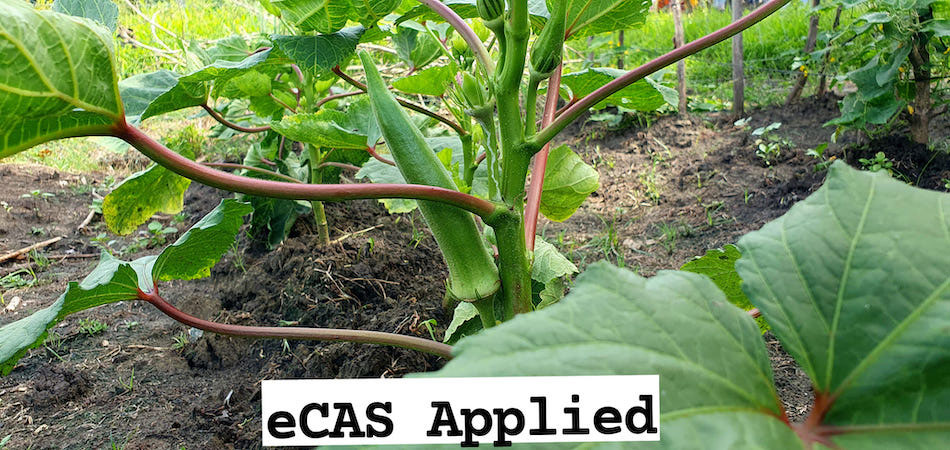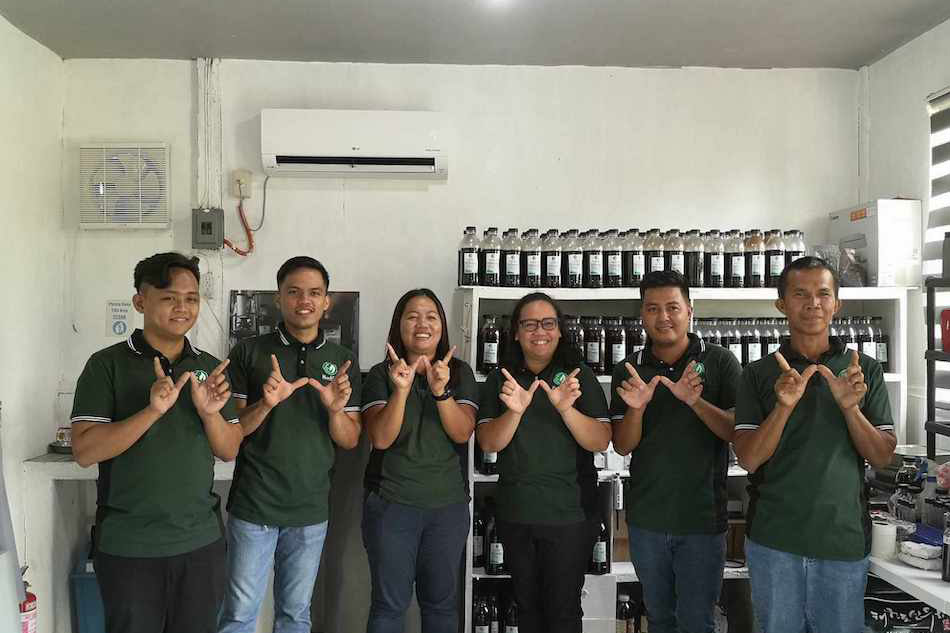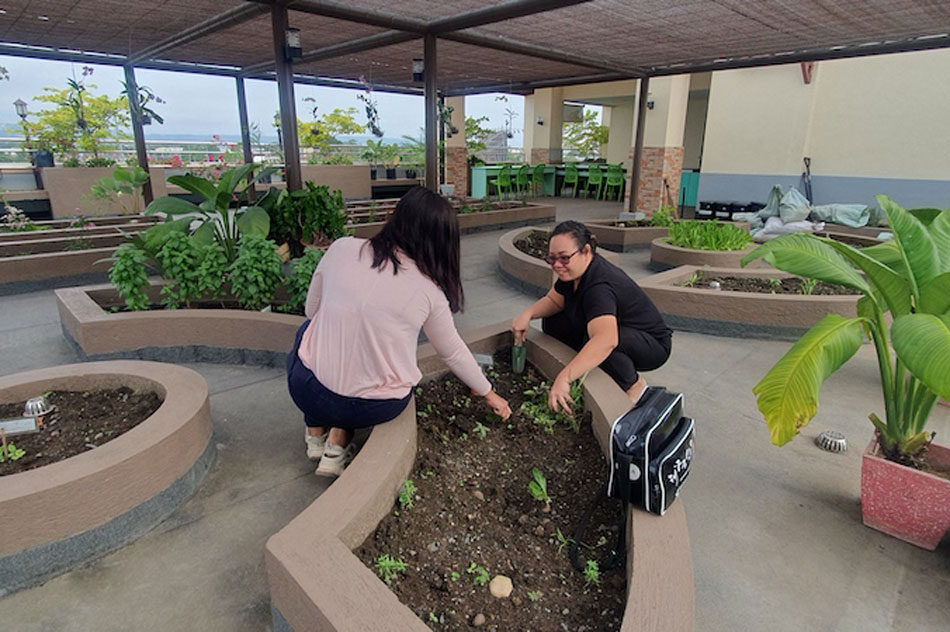A Filipina engineer has recently been featured in NHK World-Japan for developing a natural compost solution that can help address waste problem and food insecurity. She is 34-year-old Lorilyn Daquioag from North Cotabato.
Daquioag is actually a space engineer. She was one of the scholars under the Space Technology and Applications Mastery, Innovation, and Advancement (STAMINA4Space) who developed Maya-3 and Maya-4, the first Philippine university-built satellites.
In 2018, while developing the satellites, the Filipina engineer also joined a competition in Region XII, where she invented a mobile app called MACFAMS (Mobile Application for Corn Farming and Malnutrition Solution) that seeks to address crop malnutrition organically and economically.
Gathering data for her MACFAMS research also opened her eyes to the country’s worsening waste problem. A report from the Department of Environment and Natural Resources (DENR) in 2019 showed that the Philippines produced 57,000 tons of solid waste daily; only 52% of which are biodegradable waste. This year, this number reached 61,000 tons per day, with 52% biodegradable.
Winning the competition brought about a realization. “I had been focusing on the symptoms of the issue rather than delving into its root cause,” she thought to herself then. “Naisip ko din, if engineers and agriculturists work together, they can find a solution to address these problems,” she says.
Turning food waste into organic fertilizer
Daquioag did just that. She worked with an agriculturist in developing a Compost Activator Solution (CAS) that turns bio-waste into liquid compost. By working with Upscale Innovation Hub at the University of the Philippines Diliman, she was able to further refine the technology that gave rise to the current product called ECAS or enhanced compost activator solution.
“ECAS is a microbial inoculant that contains good bacteria. Ang ginagawa ng good bacteria ay pinapabilis niya ang decomposition ng bio-waste at tinutulungan niya din ang crops na ma-absorb ang nutrients na galing sa soil,” Daquioag explains. “The ECAS also improves the quality of the soil, so with continuous use, we won’t have to use as much later on.”
The microbes used in the ECAS are sourced from the forest. Out of the multitude of microbes gathered, Daquioag carefully cultivates the specific ones required for her purposes in a laboratory. Through a series of experiments involving diverse combinations, she identifies the most potent solution.
To use the ECAS, simply drop biodegradable waste (e.g., vegetable and food peels, leftover rice, dry leaves from the garden) in a bucket. Continue putting bio-waste into the bucket as per usual practice. Pour ECAS and water in a 1:10 ratio (example, 100 ml ECAS: 1000 ml water). You can start collecting the biowaste juice after a week.
The biowaste juice is brownish in color and doesn’t emit a bad odor. “Yung amoy niya parang pickle, medyo sour lang siya,” says the inventor.
Add water to the juice at 1:10 ratio (example, 200 ml juice per 2 liters water). Apply directly near the roots of the crops once or twice weekly. Refrain from applying during intense sunlight.
Daquioag claims that the natural liquid compost derived from the ECAS can be a substitute to organic fertilizer. The engineer shared with us the results of their field trials after applying the natural liquid compost: petchay plants grew more leaves, sponge gourds bore longer fruits, and sunflowers produced more flowers.
There are other microbial solutions in the market, says the engineer. But what her product offers is precision and efficiency. “Our product is backed by research and data — that it really works,” she says. “Lahat ng kini-claim namin talagang tinest namin siya.”
Creating food from waste
Daquioag’s childhood experiences in Northern Cotabato have shaped her profound interest in poverty and environmental issues. Their family struggled to make ends meet by growing coffee and corn and making pieces of furniture. She shares in the NHK video that she and her younger siblings often experienced hunger.
“Maagang nag-asawa parents ko, [they were aged] 16 and 18,” she tells us. “Tapos ako ang panganay, apat kaming magkakapatid. Kaya bata pa lang, kinailangan ko ng tumulong sa parents sa furniture shop. Every summer, nag-fa-farm din ng mais, nagha-harvest ng coffee.”
Despite life's struggles, her mother taught her and her siblings the value of education. “Palagi niyang sinasabi sa amin that education is the key to success,” she recalls. Thus, after finishing Computer Engineering at the University of Southern Mindanao, Daquioag decided to pursue her Master's degree in Electrical and Electronics Engineering at the University of the Philippines Diliman.
After launching the Maya-3 and Maya-4 satellites, she found herself at a crossroads. “Do I go back to my industry and work as an employee? Or do I pursue entrepreneurship?” she thought to herself then. Realizing that she already gained the experience she desired as a quality control engineer and project manager, she decided to establish Waste4Good, an agriculture-focused social enterprise that is committed to help solve food insecurity and solid waste pollution.
“I started Waste4Good with P2,000 na capital. Then with the help of UP Diliman, particularly the Upscale Innovation Hub, natulungan nila ako in securing grant from Accenture through UP Engineering Research & Development Foundation Inc. (UPERDFI). Ngayon grantee na din kami ng Department of Science and Technology (DOST) at United Nations Development Programme,” she happily shares.
Currently, she and her team are collaborating with schools, women’s groups, and even businesses in adopting the technology that Waste4Good has developed, aptly calling their program Farm4Bayanihan. “Ang concept kasi nito ay promoting circularity. So within a community, it’s either school or barangay, urban or rural, we set up a farm kung saan ma-utilize ang bio-waste in that community. Gagamitin as liquid fertilizer 'yung basura na inaplayan ng ECAS. Yung yield nun would be their food source, at the same time yung ibang yield it could be source of their livelihood,” she says.
Daquioag shares about a farm they have established in Tulunan National High School. “We selected 84 students from that school and trained them as researchers. Na-shock ako na after two months, they earned P8,000 from their yield aside from the fresh harvest na pwede nilang gamitin sa mga bahay nila,” she says.
Waste4Good is also working with 104 women in developing a farm in Brgy. Lasang, Davao City. The women also earn by distributing the ECAS, which costs P630 per bottle. The ECAS is also sold on Shopee.
Daquioag encourages everyone, especially mothers like her, to use ECAS to reduce their food waste and set up an urban garden. “Let’s do what we can in reducing carbon footprint and lessening the waste volume," she says, "because if we don't take action now, our waste will double by 2025.”


